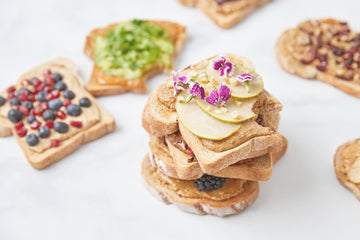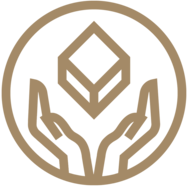“The keeping of bees is like the direction of sunbeams.” - Henry David Thoreau

We're passionate about our ingredients and look for suppliers who are equally passionate about what they produce, source, and distribute.
Our NC-based honey forager, Heidi, has spent many years searching for the best honeys and building close relationships with beekeepers. An advocate for pollinator health, Heidi is also a community educator about bees and the incredibly important roles they play in our ecosystem.
We loved a note she sent us recently and wanted to share it as well!
From Heidi:
I have seen the bees visiting the flowers and carrying pollen around this week! Spring is here! There is so much pollen right now, clouds of it where I live!
So what is pollen? First off, it is one of three things that honeybees collect. The other two being water and nectar. Pollen is produced in the stamen of the flower. Honeybees carry pollen from that stamen (the male part of the flower) to the stigma (the female part of the flower). This sometimes happens in the same flower of the same plant but also to different flowers of the same plant, or to different plants. And this is how plants reproduce, creating fruit.
Honeybees use the pollen to create bee bread that they feed the brood, the queen and each other. The nutrition of different plants’ pollens is diverse. Although there are some trace minerals and vitamins, the protein content is the most important part, most researchers think. Higher proteins yield stronger hive outcomes, like more and stronger brood and better reactions to pests and disease.
It is necessary for bees to get an assortment of different pollens since each kind of pollen carries its own nutritional characteristics. The University of Florida’s entomologists suggest a “rainbow of color pollens” that beekeepers should be watching for.
Does a rainbow of colors sound familiar?

